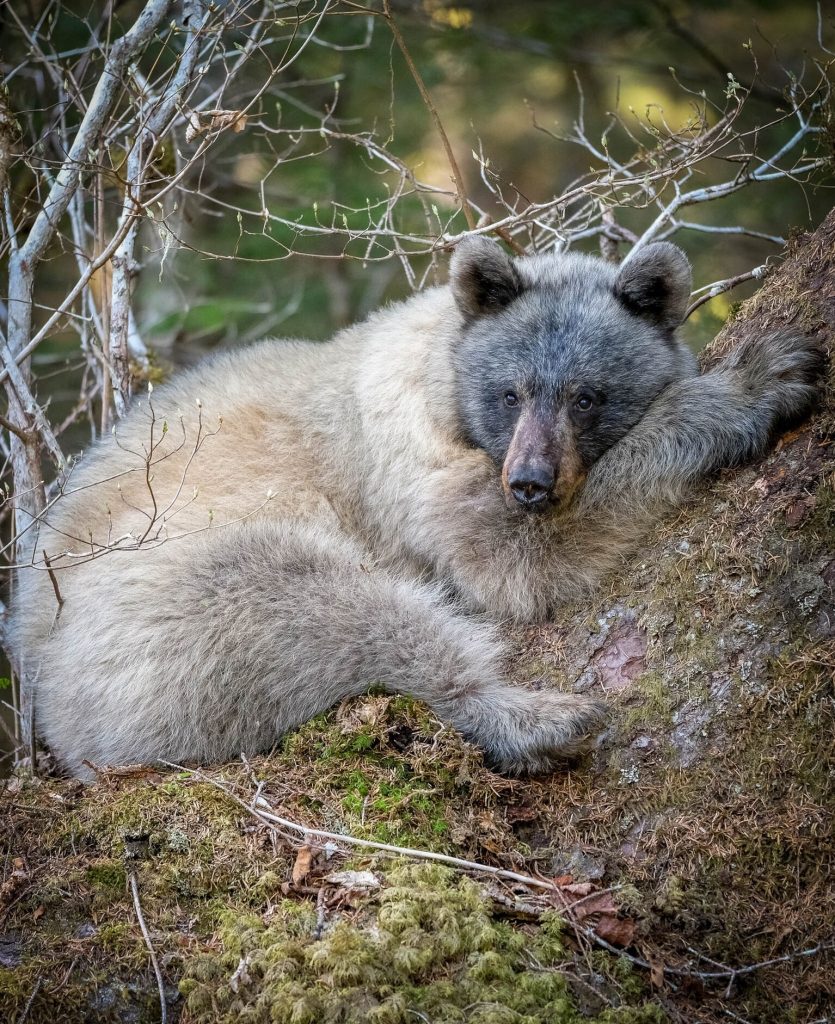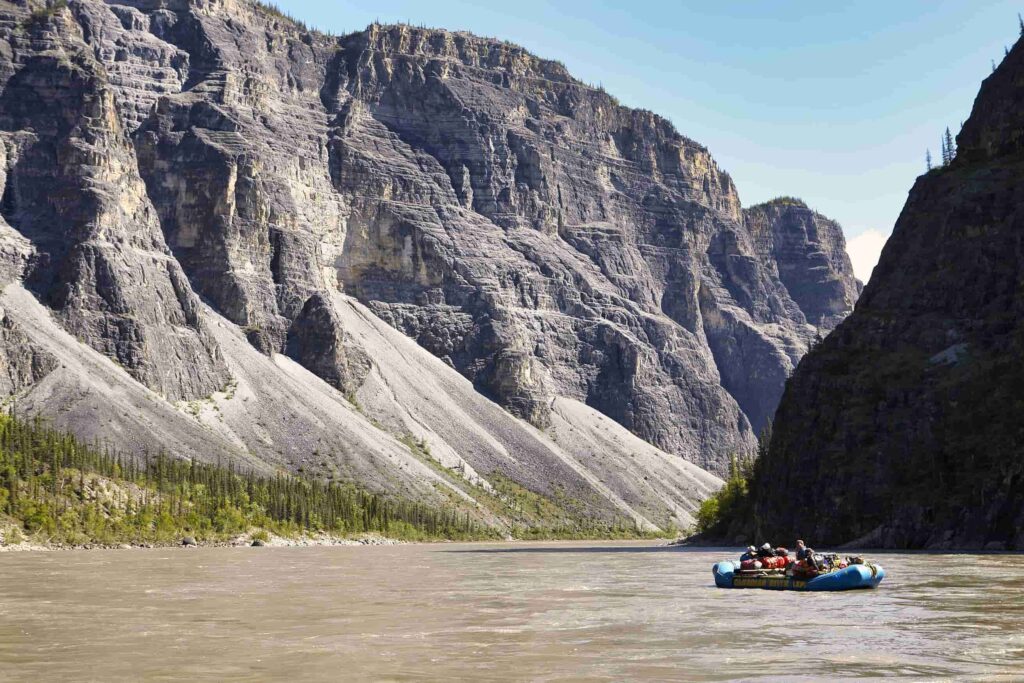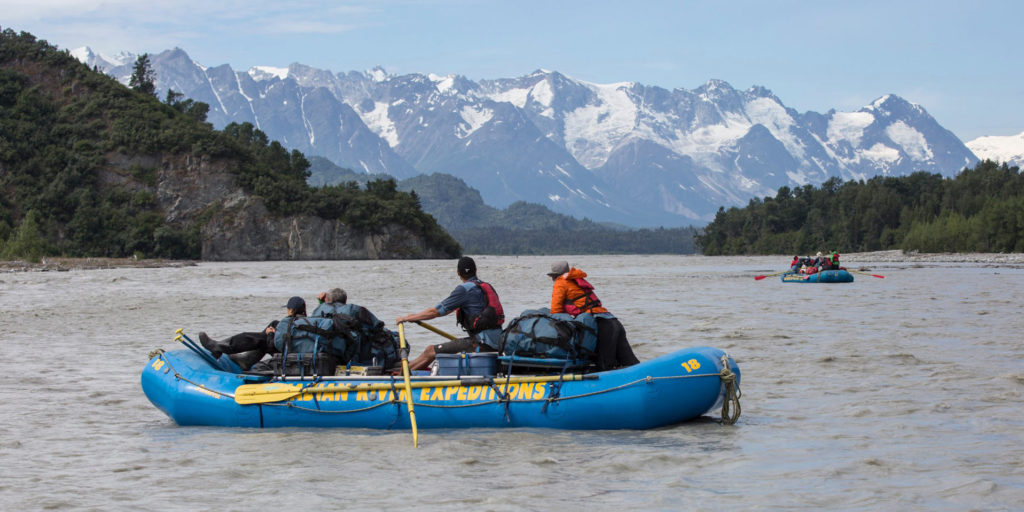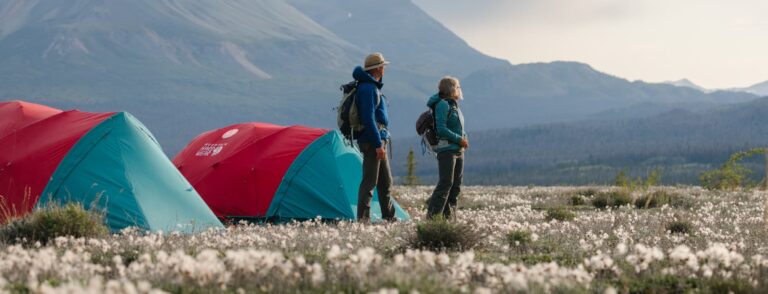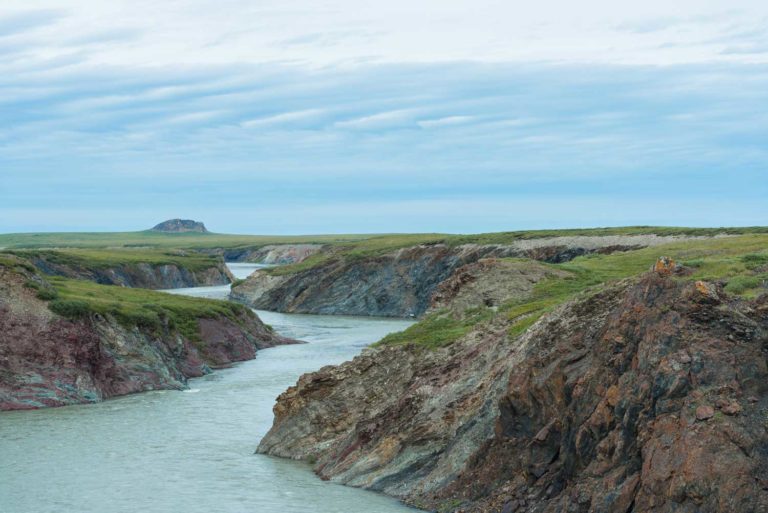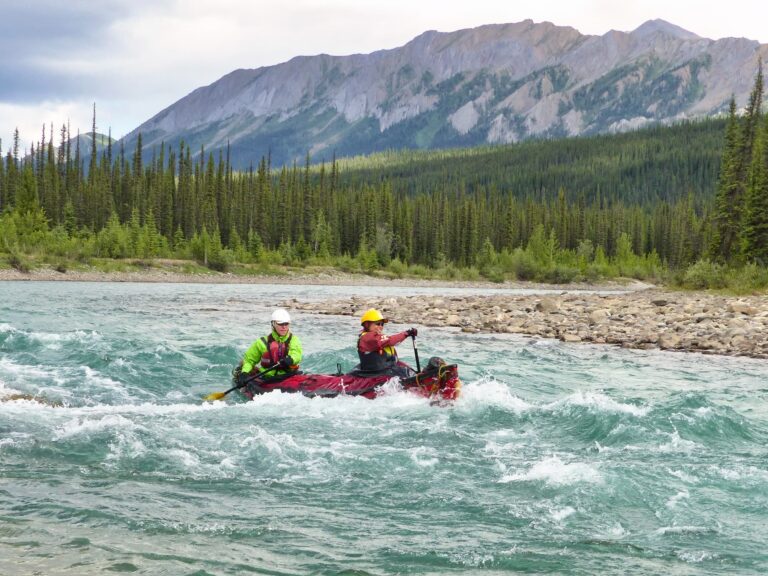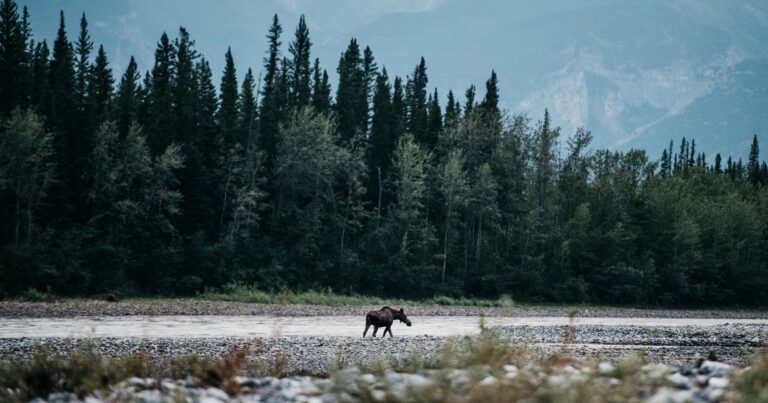Guests who have paddled down the Tatshenshini and Alsek Rivers with us will know the rich wildlife viewing opportunities brought by journeying through these breathtaking landscapes.
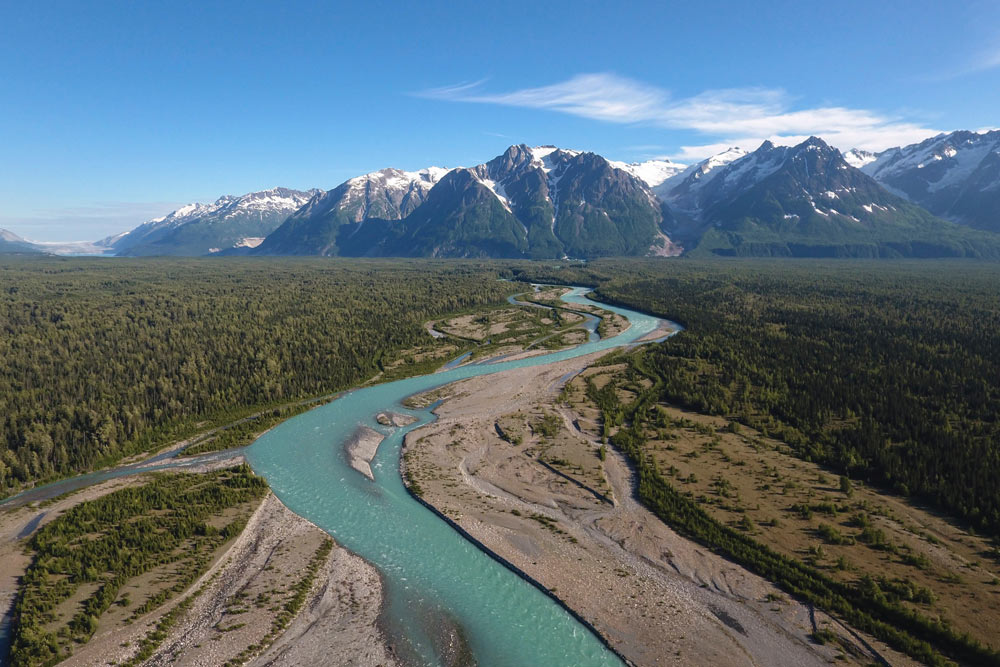 Tatshenshini River
Tatshenshini RiverFlowing through the largest bio-preserve in the world, these rivers are famed for their untamed nature and intact ecosystems, home to healthy populations of black and grizzly bears, wolves, mountain goats, eagles and falcons.
Yet there is another, barely known creature living in the shadow of these species, who makes these glaciated valleys and rich boreal forests its home. A creature who remains defiantly illusive, who over generations has inspired myths and bamboozled hunters and biologists alike.
The Tlingit name, s’iknóon, literally translates as “the bear that disappears”.
In the English language, it is known as the Glacier Bear.
A rare colour morph of the black bear, the glacier bear’s range covers a nook where the corners of southwestern Yukon, northwestern British Columbia and southeastern Alaska meet.
Its fur is not the typical inky black, but a more ethereal range of hues, from pale silver through to a dark charcoal pelage with dusty blue tips.
The genetic code for British Columbia’s spirit bears, another black bear subspecies, was cracked years ago: a rare, recessive gene causing the brilliant white coat.
The Glacier Bear’s genealogy, on the other hand, remains an enigma.
In a recent attempt to understand its genetics, the Alaska Department of Fish and Game conducted a study. They collected genetic information about black bear populations from hair and tissue samples taken from across the known glacier bear range.
The researchers found a curious correlation: there was an absence of glacier bears in populations inhabiting areas without icefields. This could be coincidental; it’s plausible that there is another population of glacier bears who eluded the sampling.
More likely though, it suggests that it is the ice fields which have shaped this evolutionary curiosity.
Inhabiting these glaciated landscapes confers a possible evolutionary advantage: blending in with their surroundings would increase their predatory superiority, therefore improving their chances of survival in these harsh environments.
With more glacial subspecies surviving in these areas, their genes could propagate and persist in these populations.
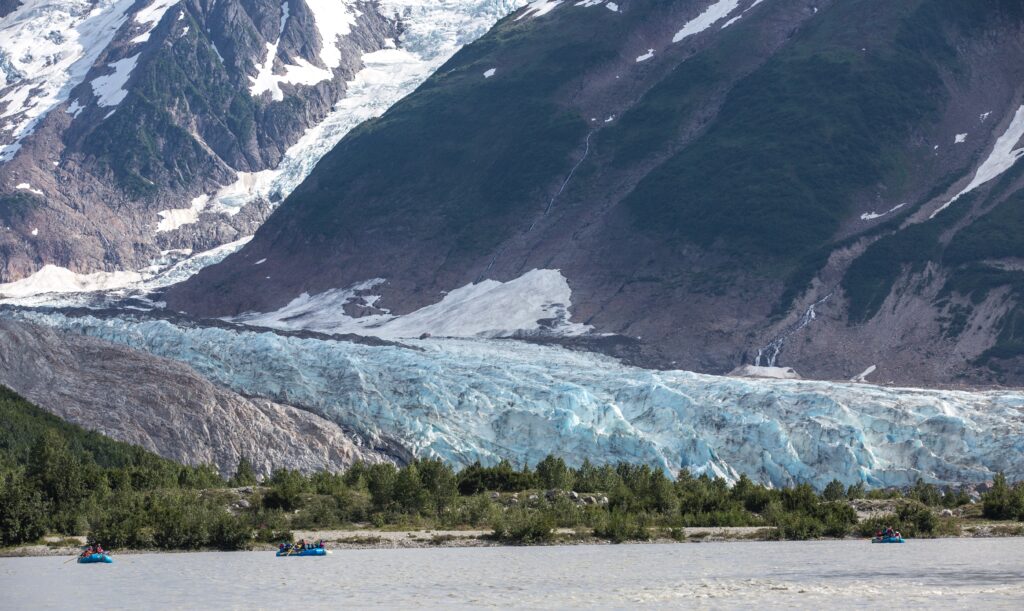
While contemporary populations of black bears are stable, the research team from the Alaska Department of Fish and Game concluded that there is not enough information to make any judgements about populations of the glacier bear subspecies.
There are worries that with glaciers under increasing stress from environmental change, the future of the glacier bear is uncertain.
But perhaps this is how the glacier bear wishes it; having existed for millenia by successfully avoiding humans, it seems fitting that it evades the reaches of modern science to this day.
For me, their mystery is somewhat encouraging. In a changing world, it is comforting to know that the wilderness of the North remains an unknown realm.
For those of us lucky enough to enter the bears’ world, we may not see them, but simply the knowledge that such enigmatic creatures inhabit the landscapes we travel through adds to the wonderment of these river journeys.

